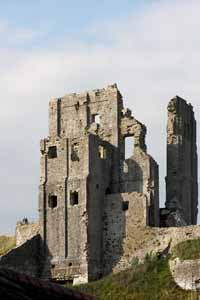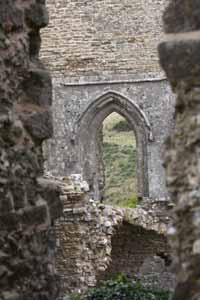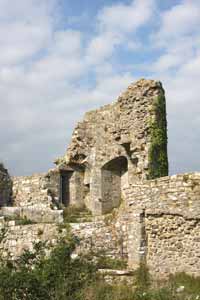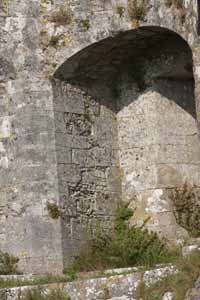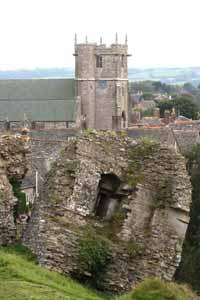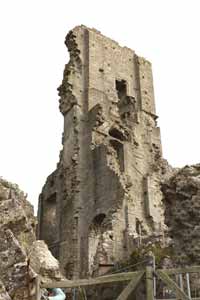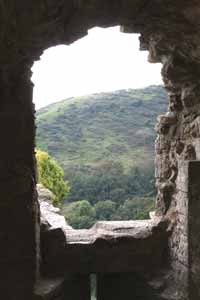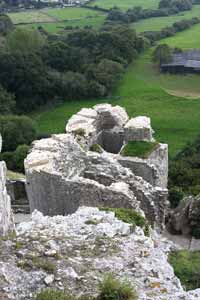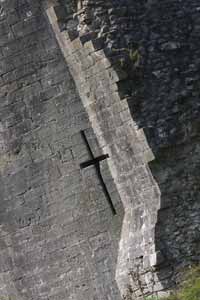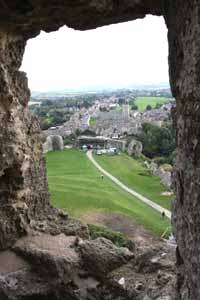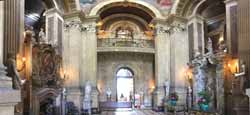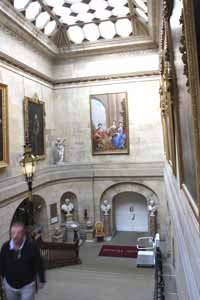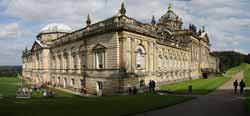England
Odyssey: Part One—and
speaking of castles
I’m fascinated by the civilization that developed in the
UK that necessitated the building of honest-to-God castles that stretched
even Disney’s imagination. It’s simply impossible to imagine
the level of opulence and wealth each of these feudal states developed.
It’s
also hard to imagine, given the technology of the times, how they could
erect such incredibly complex physical structures, which were designed
as forts as well as homes. Each lord had his own army and his castle
was his own personal army base that was to protect what was his and,
when he felt like it, go take what wasn’t his.
It’s also tough to grasp the way that the aristocracy system has
managed to survive to this day, as evidenced by modern “castles” (“modern” meaning
1700’s and up) that were actually nothing more than the residences
of the rich and famous through out the country’s history. We
managed to visit one real castle, Corfe and one pseudo, Castle Howard.
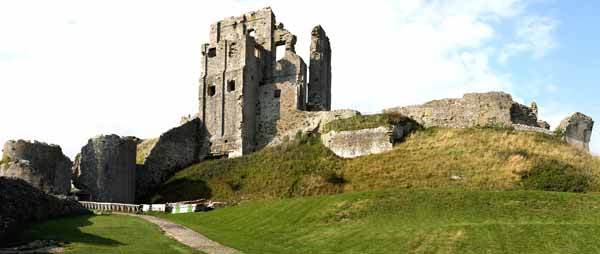 |
| This is the view from about the middle of the
compound. The wall goes all around you here, right and left, and
the main gate is about 75 yards behind us. This is on a hill that
is probably 700 feet above the valley below. Seven photos stitched
together. |
Corfe Castle is down in Dorset, Country, which
lies on the southern shore by Wareham and Bournemouth (a couple hours
south of London), both now seaside resorts. However, let’s
define “seaside resort” as
we’re using it here: they are not Malibu (Calif.) or Wild Wood
(in NJ). The people of England have been vacationing on these shores
for over a millennium, so even what would usually be tacky resorts are
a couple hundred years old with the charm and grace expected to be associated
with those ages.
Corfe Castle sits on a hill and dominates what were probably thousands
of acres plus guarding the gap through which the main road passes. It
had terraced fields of its own within its own walls, which look as if
they enclose 50-100 acres. It dates back to before Norman times and was
originally started in the 900’s, although the area had been inhabited
from about 6,000 BC. Celts appeared to co-exist with the Romans in the
area circa 50 AD. The castle, as it now stands, was improved through
the years and it’s amazing to look at the walls that are eight
to twelve feet thick and included some painstaking stone masonry. It
served as a royal treasure storehouse in the 1200’s and remained
a royal fortress until Elizabeth I sold it in the 1500’s. It was
later bought by Sr John Bankes, Attorney General to Charles I in 1635
and that’s what sealed its fate: being tight with the king wasn’t
a good place to be during the English Civil War.
The castle is actually a sad reminder of the stupidity of politics, especially
politics as they were practiced in the early 1600’s in England.
During their civil war, Corfe and the Bankes family was one of the last
Royalist holdouts against the Parlimentarians who wanted to change the
absolute rule of monarchy and give “the people” a vote on
how things would be run. They laid siege to Corfe a number of times unsuccessfully
but eventually occupied it with the help of an inside traitor (is that
where the term “inside trader” came from?). That was in 1646.
To make sure they wouldn’t have to deal with the headstrong Corfe/Bankes
community again, over the next year they systematically destroyed, via
gunpowder and hand labor, the entire castle. What was left, was looted
by the locals and its materials used to build much of the village of
Corfe. Its destruction has been characterized as a supreme act of vandalism
because it was one of the finest castles of the period.
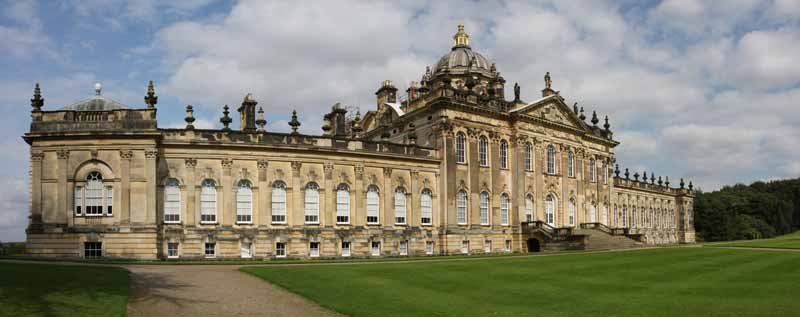 |
| This isn't my idea of a "castle" but
it certainly is one helluva big house. Started in 1700 and finished
three generations and a hundred years later, the Howards still
live in it. The front yard and garden go off behind us. About a
hundred acres of front yard and hedges. The dome was one of the
first on a house in Britain. Three pix stitched. |
Castle Howard, isn’t a true castle but
certainly shows what wealth is all about. It is located just outside
of York (about 150 miles north of London) and is fairly typical of
the hundreds of manor houses scattered around England. It was begun
by the Howard family in 1700 and took a hundred years and three generations
to finish. It is occupied by Howards today and they, as do most owners
of these gigantic monuments to ego’s
and wealth, welcome tourists to view their abode as the only way they
can afford to keep it up. It’s impossible for me to describe how
many similar estates we saw during our travels. The 1700’s saw
so many social-climbing Lords caught up in establishing their place in
society through the grandeur of their living quarters that it’s
unbelievable. We’ll let the photos speak for themselves.
CLICK TO VIEW LARGER VERSIONS
|
|
The keep from the
front. This is about four stories high. A second battlement
gate is to the left, assuming you managed to breech the wall
all around you or got through the huge gates behind us. Click
Here. |
Every where you look inside the ruin are
details that hint at the quality of construction including this
window, one of the few the locals didn't pry out of the wall.
Click Here. |
|
|
| All around the walls are battlements and
the remains of residences. Click
Here. |
This gives more clues to the qualilty of
stone work. Remember, this is about 1200 AD. Click
Here. |
|
|
| They blasted the footings from under the
walls, letting this arrow port list to starboard. Look at the
wall thickness. Click Here. |
It's hard to tell how big the Keep actually
was because this was obviously attached to it, but is an easy
hundred feet away, so it was huge. Click Here. |
|
|
Pastoral view from
a battlement, probably part of the residence. Click
Here. |
See how high above the farm land we are
and how thick the walls are? Click
Here. |
|
|
|
The walled area with
the village of Corfe beyond. Much of the stone wound up in
the village. Click Here. |
|
|
Just your average entry
hall. Howard Castle, eight photos stitched. Click
Here. |
A back stair case
giving some idea how the walls were covered with all forms
of art. Click Here. |
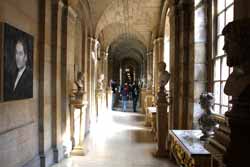 |
|
|
The lakeside and entry.
nine photos stitched. This is a big "U" nearly a
block across. Ten pix stitched. Click Here. |
|
|
|
|
| |
|


